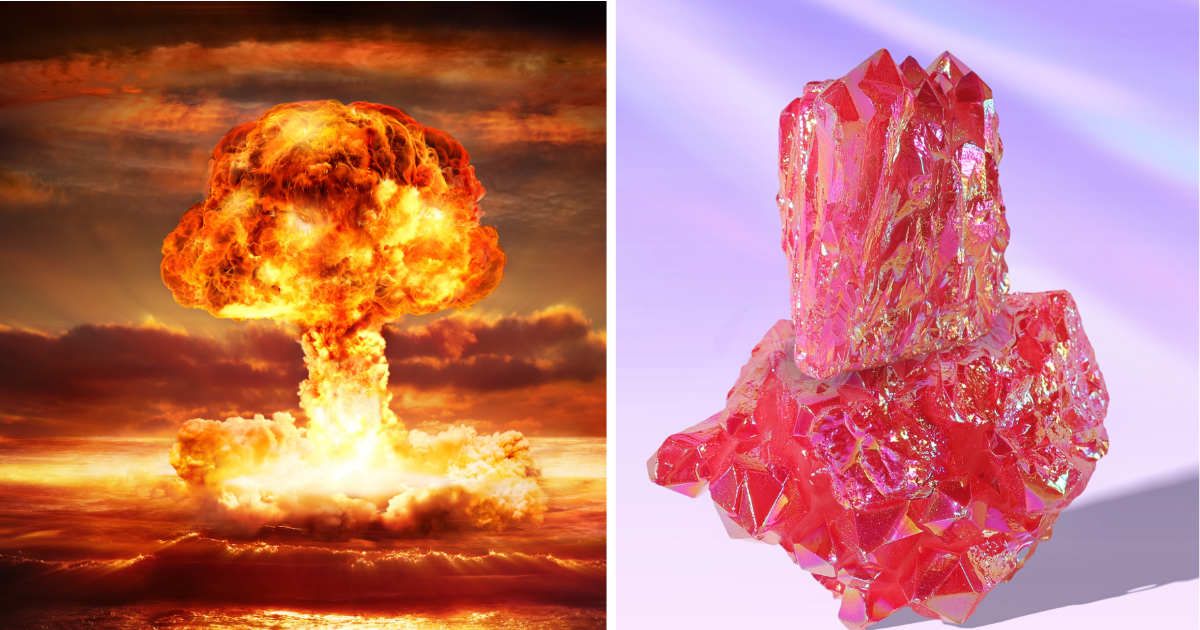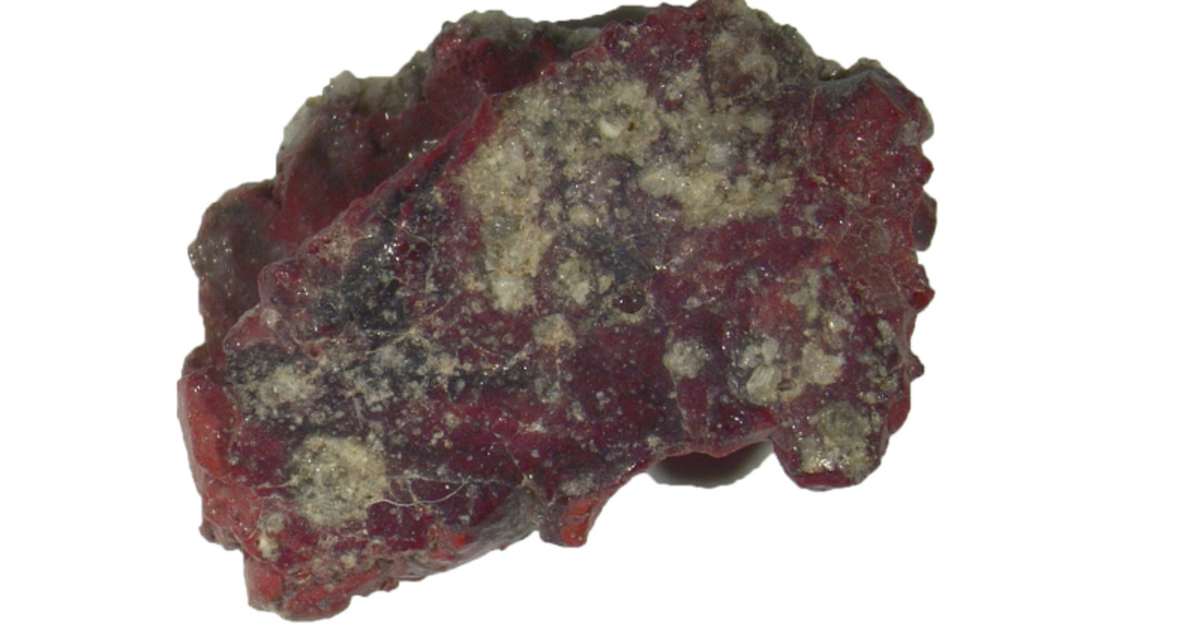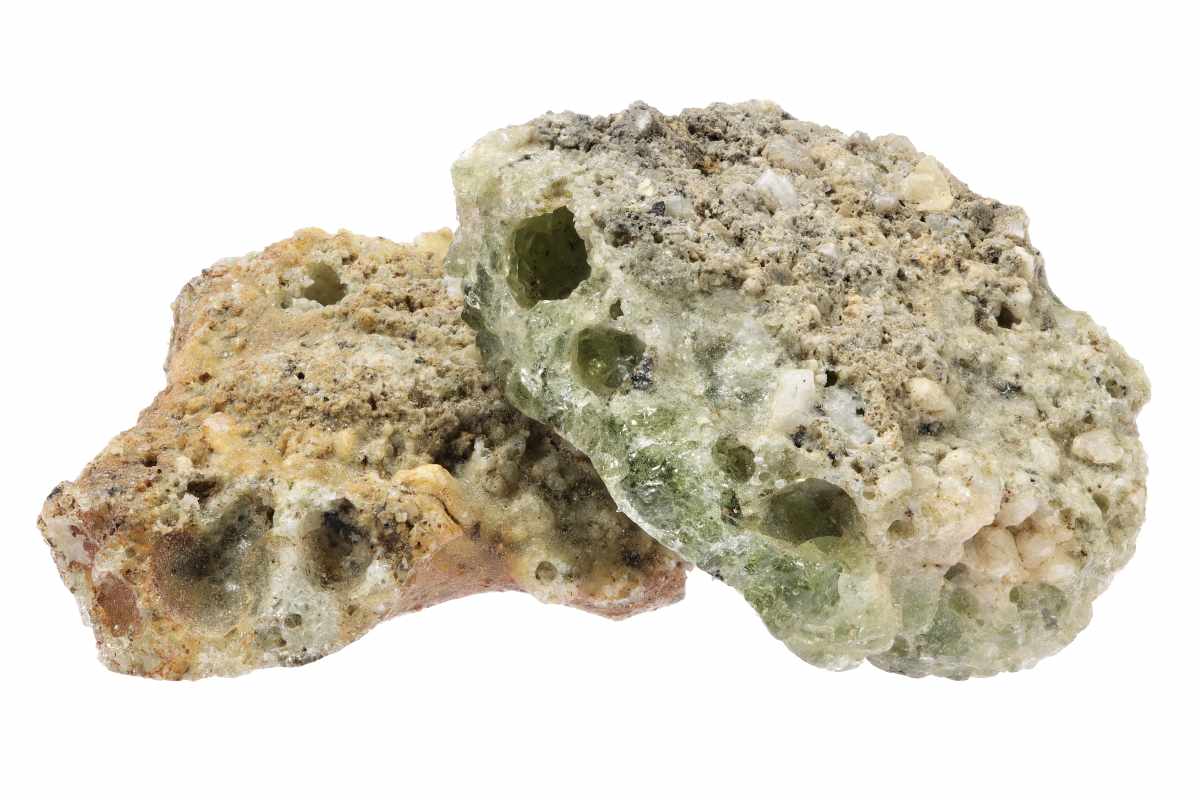World’s First Nuclear Blast Left Behind a Mysterious Form of Matter — And Scientists Still Can’t Explain What It Is

Sometimes, the most remarkable discoveries come from unexpected places. In one such case, an earth-shattering material was made not in a laboratory but in the aftermath of a nuclear blast. When the United States conducted its first-ever nuclear test in 1945, the intense heat and pressure fused the desert sand, copper, and the tower itself into a substance called trinitite. Years later, researchers found a rare material hidden within it. The researchers from Los Alamos National Laboratory published a study on this incredible finding in the PNAS journal.

The Story Behind the Nuclear Blast: 'Trinity Test'
On July 16, 1945, the United States Army detonated a plutonium implosion device by the name of the "Gadget," according to ScienceAlert. It was the world's first test of a nuclear bomb, also known as "Trinity Test." The explosion was equal to 21 kilotons of TNT, melted a 98-foot tower and lines of copper wiring connected to it. The high pressure and incredible heat fused the metal, asphalt, and the desert sand into a green glass, which was named trinitite.
However, years later, within the shards of trinitite, researchers found an extraordinary piece of a quasicrystal. It is a rare material that defied every rule of atomic structure. "Quasicrystals are formed in extreme environments that rarely exist on Earth. They require a traumatic event with extreme shock, temperature, and pressure. We don't typically see that, except in something as dramatic as a nuclear explosion," noted geophysicist Terry Wallace of Los Alamos National Laboratory in 2021, as reported by Phys.
About the Crystal
Crystals, whether they be of salt or sparkling diamonds, have one thing in common. They follow the same rule. Their atoms are always arranged in a lattice structure that is said to repeat in three-dimensional space. The newly-found quasicrystals break this rule, as their pattern in which atoms are arranged does not repeat. When the concept was first introduced in 1984, it was deemed an impossible occurrence.
Crystals are either in ordered patterns or disordered; there is no in between. Then, researchers in the new study noted that the quasicrystals created in laboratory settings and meteorites were forged due to thermodynamic shock from hypervelocity impact events. Understanding that extreme conditions were needed for producing quasicrystals, Luca Bindi of the University of Florence in Italy, along with his team, decided to give trinitite a closer look, especially the rare red one.
Crystal clear
— Fun Science 🧪 (@FunScienceUK) February 27, 2022
The intense heat and pressure of the first atomic bomb test, in 1945, left behind a glassy substance known as trinitite — and something even stranger. Within the trinitite, scientists discovered, is a rare form of matter called a quasicrystal pic.twitter.com/y0Ekavlw0A
Using techniques like electron microscopy and X-ray diffraction, the team analyzed six samples of red trinitite. In one of the samples, they successfully found a tiny 20-sided grain of silicon, copper, iron, and calcium with a five-fold rotational symmetry rarely seen in conventional crystals. "This quasicrystal is magnificent in its complexity – but nobody can yet tell us why it was formed in this way. But someday, a scientist or engineer is going to figure that out and the scales will be lifted from our eyes and we will have a thermodynamic explanation for its creation. Then, I hope, we can use that knowledge to better understand nuclear explosions and ultimately lead to a more complete picture of what a nuclear test represents," Wallace added.

Studying Other Nuclear Testing Sites
Studying the minerals and materials formed at other nuclear testing sites can help scientists uncover more quasicrystals. Also, their thermodynamic properties can be further analyzed to be used as a tool in nuclear forensics in the future. "Understanding other countries' nuclear weapons requires that we have a clear understanding of their nuclear testing programs. We typically analyze radioactive debris and gases to understand how the weapons were built or what materials they contained, but those signatures decay. A quasicrystal that is formed at the site of a nuclear blast can potentially tell us new types of information – and they'll exist forever," Wallace concluded.